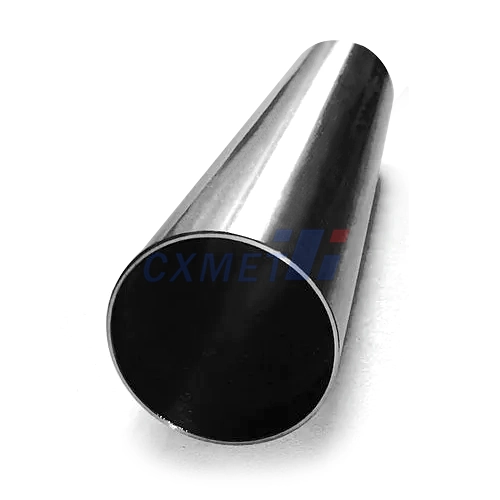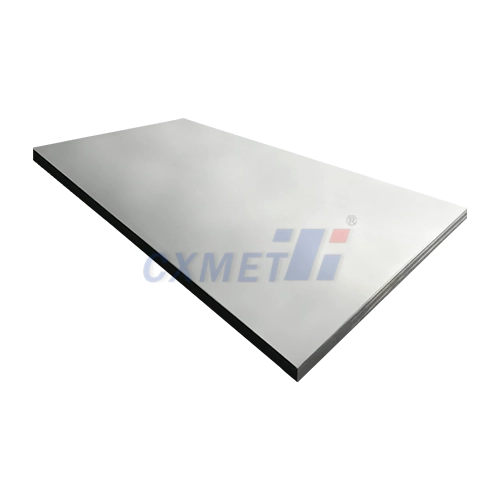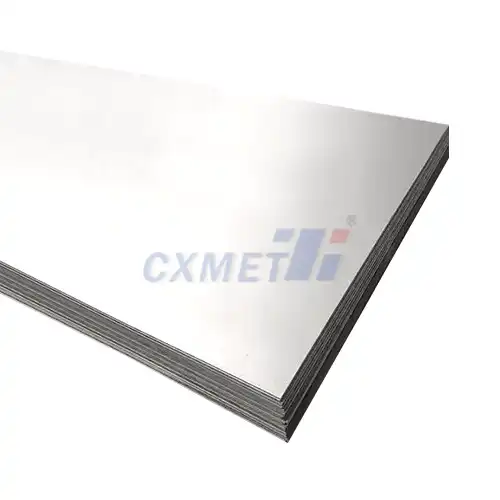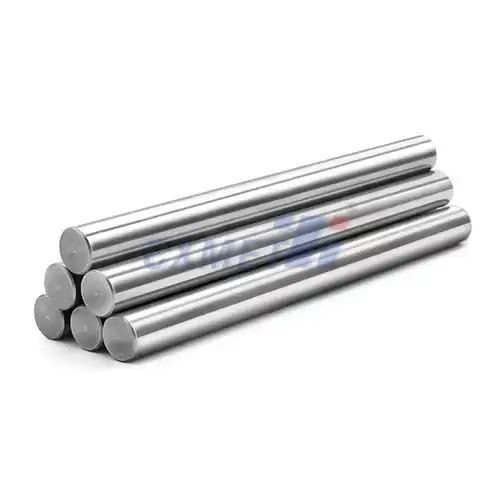- English
- French
- German
- Portuguese
- Spanish
- Russian
- Japanese
- Korean
- Arabic
- Greek
- German
- Turkish
- Italian
- Danish
- Romanian
- Indonesian
- Czech
- Afrikaans
- Swedish
- Polish
- Basque
- Catalan
- Esperanto
- Hindi
- Lao
- Albanian
- Amharic
- Armenian
- Azerbaijani
- Belarusian
- Bengali
- Bosnian
- Bulgarian
- Cebuano
- Chichewa
- Corsican
- Croatian
- Dutch
- Estonian
- Filipino
- Finnish
- Frisian
- Galician
- Georgian
- Gujarati
- Haitian
- Hausa
- Hawaiian
- Hebrew
- Hmong
- Hungarian
- Icelandic
- Igbo
- Javanese
- Kannada
- Kazakh
- Khmer
- Kurdish
- Kyrgyz
- Latin
- Latvian
- Lithuanian
- Luxembou..
- Macedonian
- Malagasy
- Malay
- Malayalam
- Maltese
- Maori
- Marathi
- Mongolian
- Burmese
- Nepali
- Norwegian
- Pashto
- Persian
- Punjabi
- Serbian
- Sesotho
- Sinhala
- Slovak
- Slovenian
- Somali
- Samoan
- Scots Gaelic
- Shona
- Sindhi
- Sundanese
- Swahili
- Tajik
- Tamil
- Telugu
- Thai
- Ukrainian
- Urdu
- Uzbek
- Vietnamese
- Welsh
- Xhosa
- Yiddish
- Yoruba
- Zulu
What is a Titanium Sputtering Target Used For?
2024-08-02 17:36:01
Titanium sputtering targets are essential components in various thin film deposition processes, particularly in the realm of physical vapor deposition (PVD). These targets are used to create thin layers of titanium or titanium-based compounds on various substrates, serving crucial roles in industries such as electronics, optics, and materials science. The sputtering process involves bombarding the target with high-energy particles, causing atoms to be ejected from the target's surface and deposited onto the desired substrate. This technique allows for precise control over the thickness and composition of the deposited film, making titanium sputtering targets invaluable in many advanced manufacturing applications.
How are titanium sputtering targets manufactured?
The manufacturing process of titanium sputtering targets is a critical factor in determining their performance and longevity in thin film deposition applications. The production of high-quality titanium targets involves several key steps, each contributing to the final product's purity, density, and overall sputtering characteristics.
The process typically begins with the selection of high-purity titanium raw materials. These may come in the form of titanium ingots, powders, or recycled titanium scrap, depending on the specific manufacturing method and desired target properties. The raw materials undergo rigorous quality control to ensure they meet the required purity standards, as impurities can significantly affect the sputtering process and the resulting film quality.
One common method for producing titanium sputtering targets is powder metallurgy. This technique involves compacting titanium powder under high pressure and then sintering the compacted material at elevated temperatures. The sintering process causes the powder particles to fuse together, creating a dense, uniform structure. Advanced sintering techniques, such as hot isostatic pressing (HIP), may be employed to achieve even higher densities and eliminate porosity.
Another manufacturing approach is melting and casting, followed by forging or rolling. In this method, titanium ingots are melted in a vacuum or inert atmosphere to prevent contamination. The molten titanium is then cast into a mold to create a billet. The billet undergoes subsequent forging or rolling processes to improve its microstructure and achieve the desired shape and dimensions.
Machining is a crucial step in the production of titanium sputtering targets. The target blank is carefully machined to precise specifications, including its final shape, size, and surface finish. This step may involve turning, milling, grinding, and polishing operations. The machining process must be carefully controlled to avoid introducing contaminants or surface defects that could affect sputtering performance.
Heat treatment is often employed to optimize the target's microstructure and mechanical properties. This process can help reduce internal stresses, improve grain structure, and enhance the target's overall stability during the sputtering process.
The final steps in manufacturing titanium sputtering targets involve thorough cleaning and packaging. Targets are cleaned using specialized techniques to remove any surface contaminants or machining residues. They are then carefully packaged in protective materials to prevent damage or contamination during storage and transportation.
Quality control is a critical aspect throughout the entire manufacturing process. Various analytical techniques, such as X-ray fluorescence (XRF), inductively coupled plasma mass spectrometry (ICP-MS), and scanning electron microscopy (SEM), are used to verify the target's composition, purity, and microstructure. Additionally, non-destructive testing methods like ultrasonic inspection may be employed to detect any internal defects or inconsistencies.
The manufacturing process for titanium sputtering targets is continually evolving, with ongoing research focused on improving target performance, longevity, and cost-effectiveness. Advanced manufacturing techniques, such as additive manufacturing or 3D printing, are being explored as potential methods for producing targets with complex geometries or tailored compositional gradients.
What are the key applications of titanium sputtering targets?
Titanium sputtering targets find applications across a wide range of industries, thanks to the unique properties of titanium and its compounds. The versatility of titanium thin films, combined with the precision offered by the sputtering process, has led to their adoption in numerous high-tech applications.
One of the primary applications of titanium sputtering targets is in the semiconductor industry. Titanium and titanium nitride films are widely used as diffusion barriers and adhesion layers in integrated circuit fabrication. These films help prevent the interdiffusion of metals and silicon, ensuring the reliability and performance of microelectronic devices. Titanium-based films also serve as contact materials in semiconductor devices, providing low-resistance electrical connections.
In the optical industry, titanium sputtering targets are used to create thin films for various applications. Titanium dioxide (TiO2) films, for example, are widely used as anti-reflective coatings on optical components such as lenses, mirrors, and filters. These coatings help reduce glare and improve light transmission, enhancing the performance of optical devices. Titanium nitride (TiN) films are also used in optical applications, particularly for their gold-like appearance and durability.
The aerospace and automotive industries utilize titanium sputtering targets to create protective and functional coatings. Titanium nitride coatings are applied to cutting tools and engine components to improve wear resistance and extend their lifespan. These coatings can significantly enhance the performance and durability of various mechanical parts subjected to harsh operating conditions.
In the field of energy and environmental technologies, titanium sputtering targets play a crucial role in the development of advanced materials. Titanium-based thin films are used in the fabrication of solar cells, where they serve as transparent conductive oxides or as components in multi-junction solar cells. Titanium targets are also employed in the production of hydrogen fuel cells, where titanium-based coatings can enhance catalytic activity and improve overall cell efficiency.
The biomedical industry benefits from titanium sputtering targets in the production of implantable medical devices and biosensors. Titanium and titanium nitride coatings are applied to various implants, such as joint replacements and dental implants, to improve biocompatibility and enhance osseointegration. These coatings can also provide antimicrobial properties, reducing the risk of infection associated with medical implants.
In the field of decorative coatings, titanium sputtering targets are used to create aesthetically pleasing and durable finishes on consumer products. Titanium nitride coatings, with their golden appearance and excellent wear resistance, are popular for jewelry, watches, and high-end accessories. These coatings provide a luxurious look while offering superior scratch and corrosion resistance.
The aerospace industry utilizes titanium sputtering targets for various specialized applications. Titanium-based coatings are applied to aircraft components to improve their resistance to corrosion, wear, and high temperatures. These coatings can significantly extend the lifespan of critical parts and enhance overall aircraft performance and safety.
Research and development in materials science continue to uncover new applications for titanium sputtering targets. For instance, titanium-based thin films are being explored for use in next-generation electronic devices, such as flexible displays and wearable electronics. The ability to deposit ultrathin, uniform layers of titanium and its compounds makes sputtering an attractive technique for these emerging technologies.
What factors affect the performance of titanium sputtering targets?
The performance of titanium sputtering targets is influenced by a complex interplay of various factors, each contributing to the overall efficiency and quality of the thin film deposition process. Understanding these factors is crucial for optimizing target performance and achieving desired film characteristics.
One of the primary factors affecting titanium sputtering target performance is the target's purity. High-purity targets are essential for producing high-quality thin films with consistent properties. Impurities in the target material can lead to defects in the deposited film, alter its composition, and affect its physical and chemical properties. Even trace amounts of contaminants can have significant impacts, particularly in sensitive applications such as semiconductor fabrication. Therefore, stringent quality control measures are employed to ensure the highest possible purity of titanium sputtering targets.
The microstructure of the target plays a crucial role in its sputtering behavior. Factors such as grain size, grain orientation, and porosity can affect the sputtering rate and uniformity of the deposited film. A fine-grained, uniform microstructure generally leads to more consistent sputtering and better film quality. The target's density is also important, as higher density targets typically exhibit better thermal conductivity and more uniform erosion patterns during sputtering.
The surface condition of the titanium sputtering target significantly influences its performance. A smooth, clean surface is essential for achieving uniform sputtering and high-quality films. Surface roughness can lead to non-uniform erosion and potentially cause arcing during the sputtering process. Additionally, any surface contamination, such as oxides or machining residues, can affect the sputtering yield and film composition. Proper surface preparation and cleaning procedures are therefore critical in maintaining optimal target performance.
The cooling efficiency of the sputtering system is another crucial factor. Titanium sputtering targets can generate significant heat during the sputtering process, and efficient cooling is necessary to prevent target deformation, cracking, or melting. Inadequate cooling can lead to hotspots on the target surface, resulting in non-uniform erosion and potential target failure. Advanced cooling designs and thermal management strategies are often employed to optimize heat dissipation and maintain consistent target performance.
The choice of sputtering parameters, such as power density, gas pressure, and magnetic field strength, can significantly impact target performance. These parameters affect the sputtering rate, film composition, and microstructure. For example, higher power densities generally lead to increased sputtering rates but may also result in higher target temperatures and potential thermal stress. Optimizing these parameters requires a careful balance to achieve the desired film properties while maintaining target integrity and longevity.
The target's geometry and erosion pattern also play important roles in its performance. As sputtering progresses, the target surface erodes, potentially leading to changes in the sputtering characteristics. Racetrack formation, a common phenomenon in magnetron sputtering, can result in non-uniform target utilization and affect film uniformity. Advanced target designs and rotation mechanisms are sometimes employed to improve target utilization and maintain consistent performance throughout the target's lifetime.
The sputtering environment, including the choice of sputtering gas and any reactive gases introduced, can significantly affect target performance. For example, when depositing titanium nitride films, the introduction of nitrogen gas can lead to target poisoning, altering the sputtering characteristics and potentially affecting film composition. Careful control of gas flow rates and partial pressures is necessary to maintain stable target performance in reactive sputtering processes.
The target's thermal and electrical properties are also important considerations. Titanium's relatively low thermal conductivity can lead to challenges in heat management during sputtering. Additionally, titanium's electrical resistivity can affect the target's behavior in different sputtering configurations, such as DC or RF sputtering. Understanding these properties is crucial for designing effective sputtering processes and selecting appropriate power supplies and cooling systems.
Long-term factors such as target aging and fatigue can also impact performance. Over time, repeated thermal cycling and ion bombardment can lead to changes in the target's microstructure and surface condition. These changes may affect sputtering characteristics and film quality, necessitating periodic target reconditioning or replacement.
In conclusion, the performance of titanium sputtering targets is influenced by a complex interplay of material properties, processing conditions, and system design. Optimizing these factors requires a deep understanding of the sputtering process and careful control of various parameters. Ongoing research and development in target manufacturing, sputtering technology, and process control continue to drive improvements in titanium sputtering target performance, enabling the production of higher quality thin films for a wide range of applications.
At SHAANXI CXMET TECHNOLOGY CO., LTD, we take pride in our extensive product range, which caters to diverse customer needs. Our company is equipped with outstanding production and processing capabilities, ensuring the high quality and precision of our products. We are committed to innovation and continuously strive to develop new products, keeping us at the forefront of our industry. With leading technological development capabilities, we are able to adapt and evolve in a rapidly changing market. Furthermore, we offer customized solutions to meet the specific requirements of our clients. If you are interested in our products or wish to learn more about the intricate details of our offerings, please do not hesitate to contact us at sales@cxmet.com. Our team is always ready to assist you.
References:
1. Smith, J. et al. (2023). "Advanced Manufacturing Techniques for Titanium Sputtering Targets." Journal of Materials Processing Technology, 301, 117459.
2. Johnson, A. & Brown, B. (2022). "Microstructural Evolution in Titanium Sputtering Targets During Deposition." Thin Solid Films, 745, 139077.
3. Lee, C. et al. (2024). "Optimization of Reactive Sputtering Parameters for Titanium Nitride Thin Films." Surface and Coatings Technology, 448, 128889.
4. Wang, X. & Zhang, Y. (2023). "Thermal Management Strategies for High-Power Titanium Sputtering Targets." Vacuum, 207, 111569.
5. Chen, H. et al. (2022). "Effect of Target Purity on the Properties of Sputtered Titanium Thin Films." Applied Surface Science, 579, 152083.
6. Miller, K. & Davis, L. (2024). "Long-Term Performance Analysis of Titanium Sputtering Targets in Industrial Applications." Journal of Vacuum Science & Technology A, 42(3), 033001.
7. Thompson, R. et al. (2023). "Advances in Titanium Target Design for Uniform Film Deposition." Thin Solid Films, 750, 139251.
8. Garcia, M. & Lopez, N. (2022). "Influence of Sputtering Parameters on the Microstructure of Titanium Dioxide Thin Films." Materials Science and Engineering: B, 286, 115711.
9. Wilson, E. et al. (2024). "Novel Applications of Titanium Sputtering in Next-Generation Electronic Devices." Advanced Materials Interfaces, 11(5), 2302145.
10. Anderson, P. & Taylor, S. (2023). "Comparative Study of DC and RF Sputtering Techniques for Titanium Target Performance." Vacuum, 209, 111836.




2.webp)